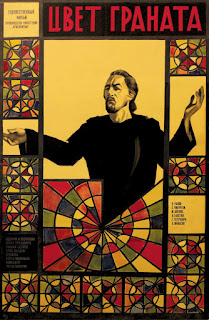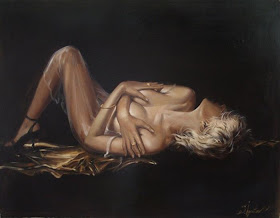Moonrise Kingdom (2012)
94 min
Country: USA
Language: English
Director: Wes Anderson
Writers: Wes Anderson, Roman Coppola
Stars: Jared Gilman, Kara Hayward and Bruce Willis
Set on an island off the coast of New England in the 1960s, as a young boy and girl fall in love they are moved to run away together. Various factions of the town mobilize to search for them and the town is turned upside down -- which might not be such a bad thing.(IMDB)
The film premiered on May 16, 2012, at the 2012 Cannes Film Festival, where it screened in competition. It was released in French theatres the same day. The American limited release occurred on May 25, and set a new record for the best per-theater-average for a non-animated movie by grossing an average of $130,752 in four theaters.
Critical reception
Moonrise Kingdom received highly positive reviews from film critics. Review aggregate Rotten Tomatoes reports that 94% of 174 critics have given the film a positive review, holding an average score of 8.1/10 (98% amongst top critics). Review aggregate Metacritic has given the film a weighted score of 84, based on 43 reviews, indicating "Universal acclaim".
Peter Bradshaw of The Guardian gave the film 4 stars out of 5, calling it "another sprightly confection of oddities, attractively eccentric, witty and strangely clothed."Christopher Orr of The Atlantic wrote that Moonrise Kingdom "captures the texture of childhood summers, the sense of having a limited amount of time in which to do unlimited things" and is "Anderson's best live-action feature" because "it takes as its primary subject matter odd, precocious children, rather than the damaged and dissatisfied adults they will one day become."Kristen M. Jones of Film Comment wrote that the film "has a spontaneity and yearning that lend an easy comic rhythm," but it also has a "rapt quality, as if we are viewing the events through Suzy's binoculars or reading the story under the covers by a flashlight."(Wikipedia)
Ratings: 94% (Rotten Tomatoes Critics)
Awards:
Cannes 2012: Nominated: Palme d'Or: Wes Anderson (More)
94 min
Country: USA
Language: English
Director: Wes Anderson
Writers: Wes Anderson, Roman Coppola
Stars: Jared Gilman, Kara Hayward and Bruce Willis
Set on an island off the coast of New England in the 1960s, as a young boy and girl fall in love they are moved to run away together. Various factions of the town mobilize to search for them and the town is turned upside down -- which might not be such a bad thing.(IMDB)
The film premiered on May 16, 2012, at the 2012 Cannes Film Festival, where it screened in competition. It was released in French theatres the same day. The American limited release occurred on May 25, and set a new record for the best per-theater-average for a non-animated movie by grossing an average of $130,752 in four theaters.
Critical reception
Moonrise Kingdom received highly positive reviews from film critics. Review aggregate Rotten Tomatoes reports that 94% of 174 critics have given the film a positive review, holding an average score of 8.1/10 (98% amongst top critics). Review aggregate Metacritic has given the film a weighted score of 84, based on 43 reviews, indicating "Universal acclaim".
Peter Bradshaw of The Guardian gave the film 4 stars out of 5, calling it "another sprightly confection of oddities, attractively eccentric, witty and strangely clothed."Christopher Orr of The Atlantic wrote that Moonrise Kingdom "captures the texture of childhood summers, the sense of having a limited amount of time in which to do unlimited things" and is "Anderson's best live-action feature" because "it takes as its primary subject matter odd, precocious children, rather than the damaged and dissatisfied adults they will one day become."Kristen M. Jones of Film Comment wrote that the film "has a spontaneity and yearning that lend an easy comic rhythm," but it also has a "rapt quality, as if we are viewing the events through Suzy's binoculars or reading the story under the covers by a flashlight."(Wikipedia)
Ratings: 94% (Rotten Tomatoes Critics)
Awards:
Cannes 2012: Nominated: Palme d'Or: Wes Anderson (More)




















.jpg)
.jpg)
.jpg)










.jpg)






%5B(002794)22-18-26%5D.JPG)

.jpg)




